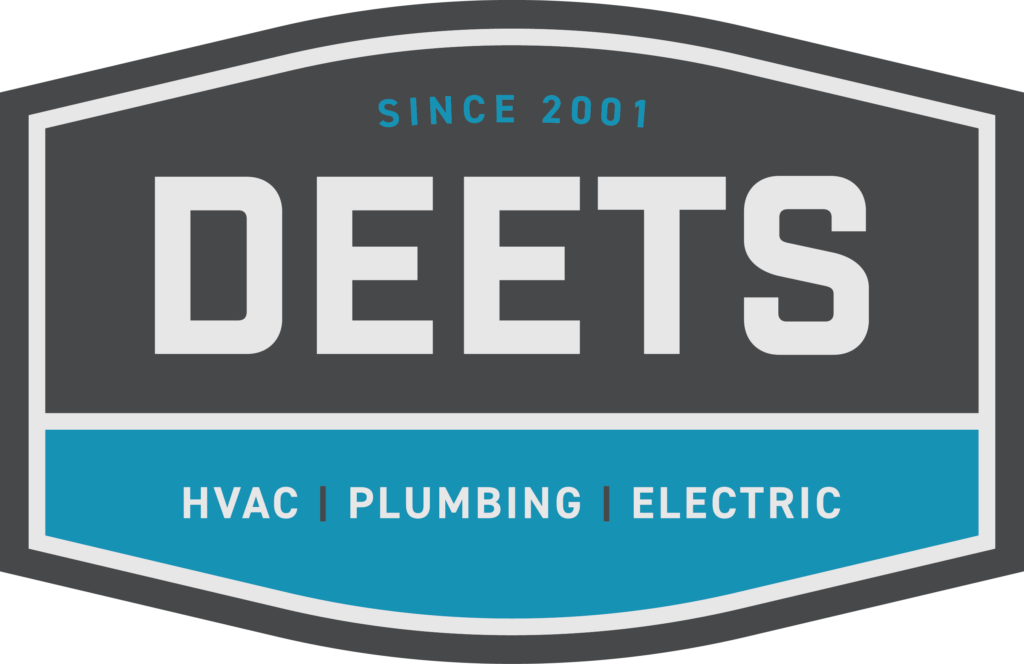In this article…
- What Is Indoor Air Quality?
- 8 Ways To Improve Your Home’s IAQ
- Maintaining Your Home’s IAQ and Improving HVAC Efficiency
The air we breathe at home plays a vital role in our health and comfort. When dust, dander, and indoor VOCs (volatile organic compounds) increase, it can make every breath feel like a challenge.
While we can’t change the weather or the atmosphere outside, we can take charge of our indoor air quality (IAQ) to create a cleaner, healthier environment at home.
Maintaining and improving your home’s IAQ doesn’t have to be difficult, and with a few simple tips, you will notice less dust, dander, and allergens in your home and improve the overall efficiency of your HVAC system.
At DEETS Mechanical, we’ve helped thousands of Northwestern Pennsylvania homeowners stay comfortable through every season since 2001.
From full HVAC system replacements to duct cleaning to IAQ solutions, we’re here to provide you with all the information you need to maintain your home’s comfort and make the best decisions for your investment.
Our region’s unpredictable weather and harsh winters can impact allergens and humidity levels in your home. This is why understanding and improving your home’s IAQ is critical to your comfort and health.
This article will help you understand what indoor air quality is, how it is measured, and ways to improve and maintain your home’s IAQ.
What Is Indoor Air Quality?
Indoor air quality (IAQ) refers to the overall health of the air inside your home. It measures your home’s temperature, humidity, and the presence of pollutants such as dust, pollen, and even household chemicals to determine the overall health and quality of the air.
Common indoor air pollutants include:
- Dust and pet dander
- Pollen
- Microbial growth caused by excess moisture and humidity
- Volatile organic compounds (VOCs) from cleaning products
- Gases like carbon monoxide
Any type of contaminant can trigger allergies, worsen asthma, and even contribute to long-term respiratory issues in severe cases.
Why Is IAQ Important?
Regulating IAQ is about more than comfort—it’s about safeguarding you and your family’s health. Clean indoor air reduces respiratory problems, prevents allergens from taking over your space, and creates an environment where you can relax and breathe easily.
Additionally, maintaining good IAQ helps your HVAC system run more efficiently, saving energy and extending the life of your equipment.
For example, dirty air filters can clog your system, forcing it to work harder and reducing its ability to filter out contaminants. Regular cleaning, maintenance, and HVAC inspections will help ensure you enjoy both clean air and lower energy bills through an efficient system.
Other benefits of maintaining your home’s IAQ include:
- Improved health through reduced allergens and dust: Filtering out dust, pet dander, and organic growth can make a world of difference for anyone with asthma or seasonal allergies. You may even notice a better sleep schedule once your IAQ is improved.
- Energy savings through a more efficient HVAC system: A well-maintained HVAC system circulates air more effectively, consumes less energy, and lowers utility bills. Clean air filters and optimized ductwork also reduce wear and tear, preventing costly repairs.
- Improved overall comfort: Balancing temperature, humidity levels, and dust levels makes your home feel more comfortable.
- Increased longevity of your HVAC system: The more efficient your system runs, the less wear and tear it endures, meaning less frequent repairs and added years to your system’s lifespan.
Overall, monitoring and improving your home’s indoor air quality is essential not only to your home’s comfort but also to the health and efficiency of your HVAC system.
8 Ways To Improve Your Home’s IAQ
Improving indoor air quality might sound like a daunting task, but with a few simple and practical steps, you can make a significant difference in the air you breathe.
Here are eight effective and simple strategies to help enhance your home’s IAQ.
1. Change Your Air Filters Regularly
Air filters are your home’s first line of defense against airborne pollutants like dust, pollen, and pet dander. A dirty filter not only reduces air quality but also forces your HVAC system to work harder, lowering its efficiency.
Regularly inspecting and replacing filters (depending on the size of the filter) ensures your system runs smoothly and effectively traps contaminants.
- 1-inch filters should be replaced every 30-60 days
- 2-inch filters should be replaced every 60-90 days
- Media filters should be replaced every 6-12 months
2. Clean Surfaces and Blinds Regularly
Cleaning your home is always a chore, but removing excess dust, dirt, and dander is essential for maintaining good IAQ. Blinds, shelves, and other surfaces collect particles that can recirculate into the air if not regularly cleaned.
Incorporate regular dusting and vacuuming into your cleaning routine to minimize allergens and keep the air in your home fresh.
Using brush attachments on a vacuum as well as disinfecting wipes to remove dust will help contain the dust as you clean, so the dust won’t recirculate into the air as much while cleaning.
3. Clean Your Ductwork
Your HVAC system’s ductwork can accumulate dust, pet dander, and other debris over time, affecting the cleanliness of the air in your home.
Clean ducts help prevent symptoms like sneezing, hay fever, and irritated sinuses, creating a healthier environment for you and your family. Remember, your air is only as clean as your HVAC system, so this step is key.
By scheduling regular duct cleaning, you can remove these contaminants, reducing allergens and improving overall air quality.
Looking for professional duct cleaning in Northwestern Pennsylvania? Schedule your appointment with DEETS Mechanical today!
4. Maintain Optimal Humidity Levels
Humidity plays a crucial role in both comfort and air quality. Too little humidity can dry out your skin and respiratory system, while too much can lead to unwanted organic growth.
Use a humidifier or dehumidifier to maintain a comfortable range of 30-50% humidity inside, which is ideal for your body and prevents excessive dryness or dampness. A smart thermostat, like a Nest or EcoBee, will automatically measure your home’s indoor humidity levels. However, you can buy an inexpensive humidity sensor for as little as $10 in online shops.
According to the United States Environmental Protection Agency, interior humidity levels should not exceed 60%, or else you risk inviting unwanted microbial growth into your home, causing further respiratory and health issues.
5. Install An Air Purification System
For a more advanced solution, consider installing an air purification system directly into your HVAC setup. These systems filter out even the tiniest particles, including microbial growth and volatile organic compounds (VOCs), ensuring cleaner air throughout your entire home.
An air purification system not only enhances IAQ but also eliminates odors and contributes to a more comfortable living environment.
Some HVAC companies offer IAQ air purification systems to install within your unit, but you can also purchase a standalone air purifier for your home from an appliance store or online.
6. Install A UV Light Within Your HVAC System
UV lights installed within your HVAC system are a highly effective tool for improving indoor air quality (IAQ). They work by targeting airborne contaminants like bacteria, viruses, and other microorganisms that circulate through your ductwork.
This not only helps reduce allergens and irritants but also prevents organic growth, which can thrive in damp areas of your HVAC system. This results in cleaner, healthier air for you and your family to breathe, making UV lights a great addition for your IAQ improvement strategy.
7. Watch for Indoor Allergens During Winter
While many people associate allergens with spring, winter can bring its own challenges. When snow keeps windows closed, allergens like pet dander, dust mites, and VOCs from cleaning products can build up indoors.
Regularly ventilating, dusting, vacuuming, and using air purification systems can combat this issue and keep your IAQ in check year-round.
8. Use Low-VOC Cleaning Products
Indoor air can sometimes be more polluted than the air outside due to exposure to VOCs from cleaning products, furniture, and paints, similar to how indoor allergens can be more harmful than outdoor ones.
Try to opt for low-VOC products whenever possible to limit harmful chemicals in your home that you breathe in daily.
This step is important in areas like Northwestern Pennsylvania, where outdoor air quality is often better than indoor air quality, especially after fresh snowfall.
Maintaining Your Home’s IAQ and Improving Your HVAC Efficiency
Now that you know what exactly indoor air quality is, why it’s important, and some simple ways to elevate and maintain your home’s IAQ, you have a complete understanding of how your home’s air quality affects the comfort and health of your home.
Maintaining your home’s IAQ levels is crucial, from eliminating potential organic growth due to excess humidity to reducing pet dander and allergens.
The better your indoor air quality, the less dust you’ll notice around your home, and the easier you’ll breathe.
Monitoring and regulating temperature and humidity levels is also a key component of IAQ. The proper humidity level can help alleviate dry throat and skin and won’t make you feel sticky on warmer summer days.
To both maintain and improve your home’s indoor air quality:
- Change and inspect air filters regularly
- Dust surfaces and vacuum around your home
- Invest in professional duct cleaning
- Maintain proper humidity levels
- Install an air purification system to your HVAC unit
- Install a UV light within your HVAC unit
- Reduce indoor pollutants during the winter
- Use low-VOC cleaning products when possible
Ensuring your home’s IAQ is at the optimal level is one essential way to maintain your HVAC unit, keep it running effectively, and stay comfortable all year round.
However, if you’ve noticed a significant decrease in your system’s performance and feel you’ve tried everything to fix with no success, the issue may not be your indoor air quality. It may lie within your system.
If our HVAC system is over 15 years old and hasn’t been functioning as well as it used to, it may be time for a full replacement.
Before expending your time, energy, and money on a costly HVAC replacement, you’ll want to know if it’s actually necessary.
Check out this article that outlines five common signs it’s time to replace your HVAC system along with what to consider to ensure you make the best decision for you.
Then, you’ll know if your home’s IAQ needs improving or if the discomfort you’ve been experiencing is caused by a deeper issue in your system.



